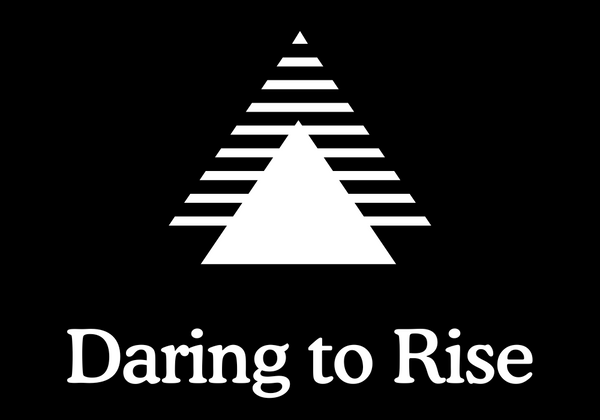
What are Shadow Work Exercises?
Share
Shadow work exercises are practical tools designed to help us explore and integrate the hidden aspects of ourselves—those parts we've denied, repressed, or simply never acknowledged. These exercises create a safe container for encountering our "shadow" elements and gradually bringing them into conscious awareness. If you're curious about beginning this journey of self-discovery, here are some effective shadow work practices to consider.
Trigger Journaling involves paying close attention to intense emotional reactions you experience throughout your day. When someone or something provokes a disproportionate response in you, pause and write about it. Ask yourself: What specifically triggered me? What emotion am I feeling? Could this be reflecting something I deny in myself? These moments of triggering often point directly to shadow material.
The Mirror Exercise encourages you to identify traits in others that provoke strong reactions—both positive and negative. Write down qualities you deeply admire in others and those you find particularly repulsive. Then consider how these traits might exist within you, perhaps in different forms or expressions. Our strongest reactions often reflect disowned aspects of ourselves.
Childhood Memory Exploration invites you to reflect on painful memories from your past, particularly those that shaped how you view yourself. Consider the beliefs you formed from these experiences and how they've influenced your self-concept. These formative moments often contain the origins of shadow aspects as we learned to reject certain parts of ourselves.
Dream Analysis can provide direct access to shadow content, as our unconscious mind communicates through dream imagery. Keep a dream journal beside your bed and record dreams immediately upon waking. Look for recurring themes, characters, or emotions that might represent disowned aspects of yourself.
The Empty Chair Dialogue involves setting up a conversation with different aspects of yourself. Place an empty chair across from you and imagine a specific shadow aspect sitting there. Speak to this part of yourself, then switch chairs and respond as that aspect. This technique creates a bridge between your conscious self and shadow elements.
Shadow Prompts provide structured questions for reflection and journaling. Examples include: "If I could express one emotion without consequences, what would it be?" "What traits do I judge most harshly in others?" "What parts of myself do I hide from the world?" These targeted inquiries can illuminate shadow material.
Compassionate Letter Writing involves addressing a shadow aspect of yourself with understanding and acceptance. Write to this disowned part as you would to a dear friend who is struggling, offering compassion rather than judgment or rejection.
When practicing shadow work exercises, remember to approach with self-compassion. This work can bring up difficult emotions, so create a supportive environment—perhaps with candles, comfortable surroundings, or calming music. Many find it helpful to have a therapist, counselor, or trusted friend to process insights with, especially when exploring deeply challenging material.
The goal isn't to eliminate shadow aspects but to integrate them consciously. By acknowledging these previously rejected parts, we can access their energy and wisdom while reducing their power to control us unconsciously. Through this process, we move toward greater wholeness, authenticity, and inner peace.


